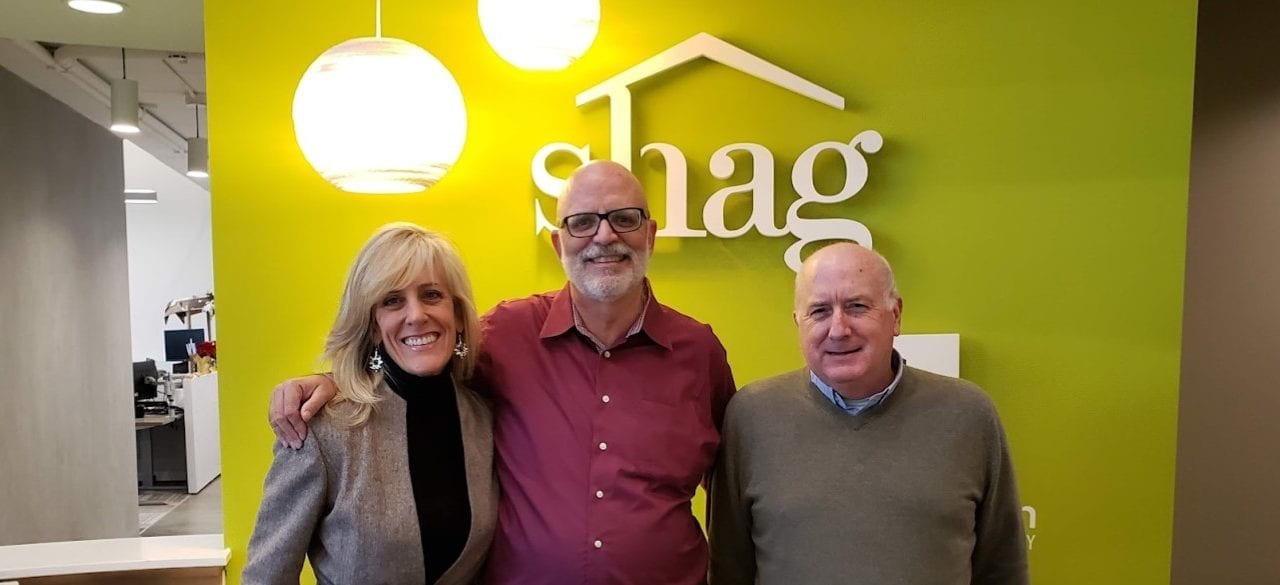It would not be entirely unfair to suggest that mainstream senior living has given up or mostly given up on the idea that there is an opportunity in serving low- and even moderate-income seniors.
By Steve Moran
It would not be entirely unfair to suggest that mainstream senior living has given up or mostly given up on the idea that there is an opportunity in serving low- and even moderate-income seniors. I actually believe we have come to believe that those seniors who can afford $5,000 plus are moderate income (and in some areas they are . . . in the San Francisco Bay Area you can make up to $117,000 a year and qualify for low income housing.
Mostly though $5,000 and up monthly fees are beyond the reach of a significant segment of seniors.
Imperfect Answers
There are no perfect solutions that provide for low- and moderate-income seniors and in the next 10 to 20 years the problem will become more acute. But there are some imperfect solutions. Waiver programs do extremely well in some states, so well in fact that there are a number of senior living organizations that focus almost exclusively on this segment.
There are also a bunch of not-for-profits that use HUD financing to provide independent living and others who work with for-profit developers to create tax credit senior living communities.
SHAG
I know you are thinking it, but don’t want to say it, SHAG is kind of a weird name for a non-for-profit. It stands for “Sustainable Housing for Ageless Generations” and I love the name for what it stands for and it’s head-snapping value. Over Christmas, I was in the Seattle area to do Christmas with my adult kids and used that travel to spend the day with SHAG leaders Jay Woolford, CEO, and Karen Lucas, COO.
They are doing some really cool stuff and have some amazing communities with very limited resources. They have about 30 communities that serve about 6,000 seniors in the greater Seattle area. Some impressions and some photos.
-
The first impression was kind of depressing or sobering or something . . . everywhere I went I was asked which apartment I was looking at moving into, followed by an unsolicited testimony about how great it was to live there . . . I came away wondering if I need to dye my beard and get a hairpiece.
-
While SHAG provides transportation, it has pioneered a different kind of model for other services. Its team of resident service coordinators connect residents with an array of partner programs, including health, nutrition, housekeeping and chore assistance, exercise and education. This team also helps residents navigate state and federal government support programs, so they can get the benefits and entitlements they deserve and need. This approach eliminates the costly infrastructure necessary to directly provide care and other services while enabling residents to sustain, or continue, living at SHAG.
-
Most communities have a very busy activities program but it is all resident driven. I find myself wondering if this should be the model for even high-end senior living, thinking it would create better health, better longevity, and higher resident satisfaction.
-
They are not all the same. The common areas and the units are plainer than you would see in modern amenity-rich senior living. Check out the photos below and the little 20-second video clip from the top of their communities where the view includes Mt. Rainer.
-
With outside resources, resident run activities and a mutually supportive resident community. Some portion of the residents do not look all that much different than what many of the residents in more traditional assisted living look like.
-
Like mainstream senior living organizations, SHAG locates in areas whose demographics match those of its residents. Since its seniors are low- to moderate-income, a number of SHAG communities are in neighborhoods generally not considered by providers or developers seeking higher-income residents and this does come with it’s own set of unique problems.
It is a great thing they do and it gives me great hope that we as an industry can and will find solutions.







